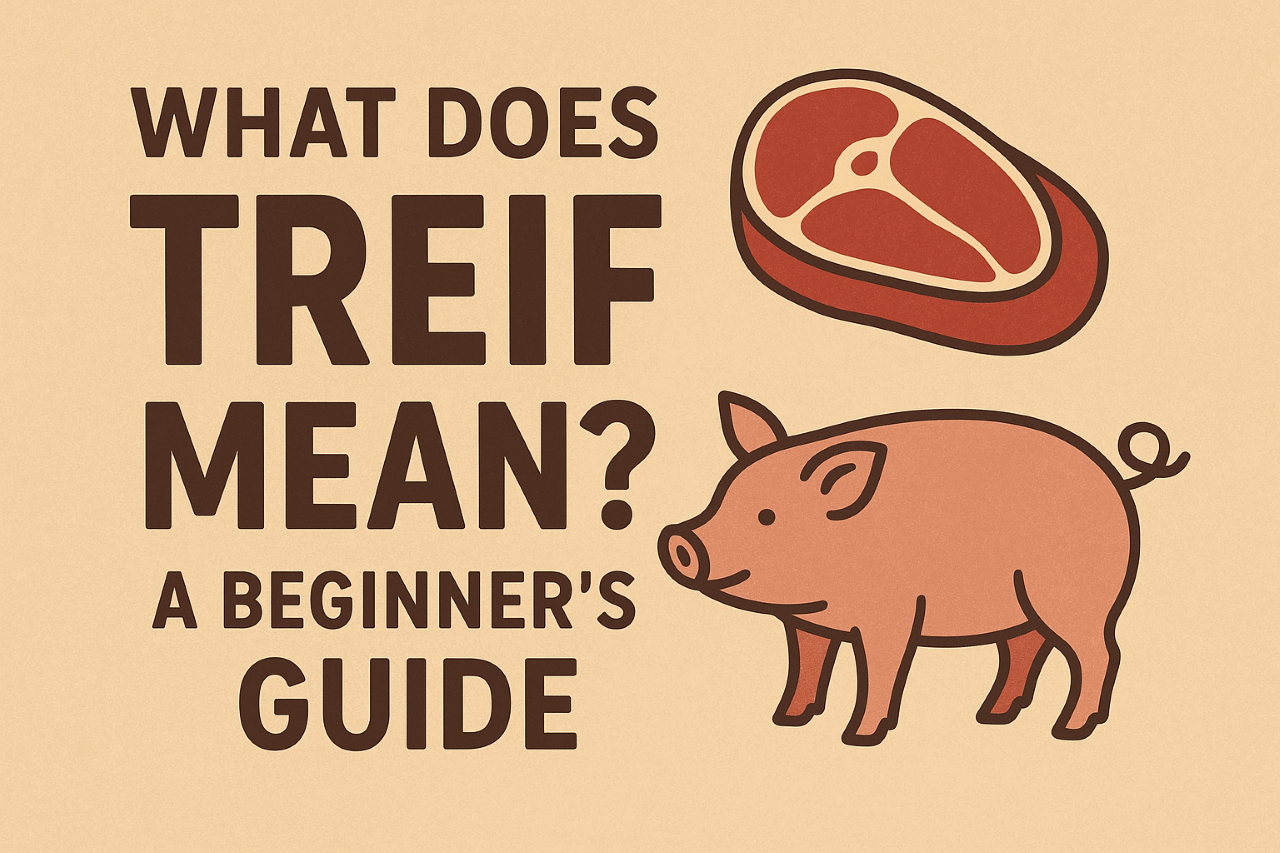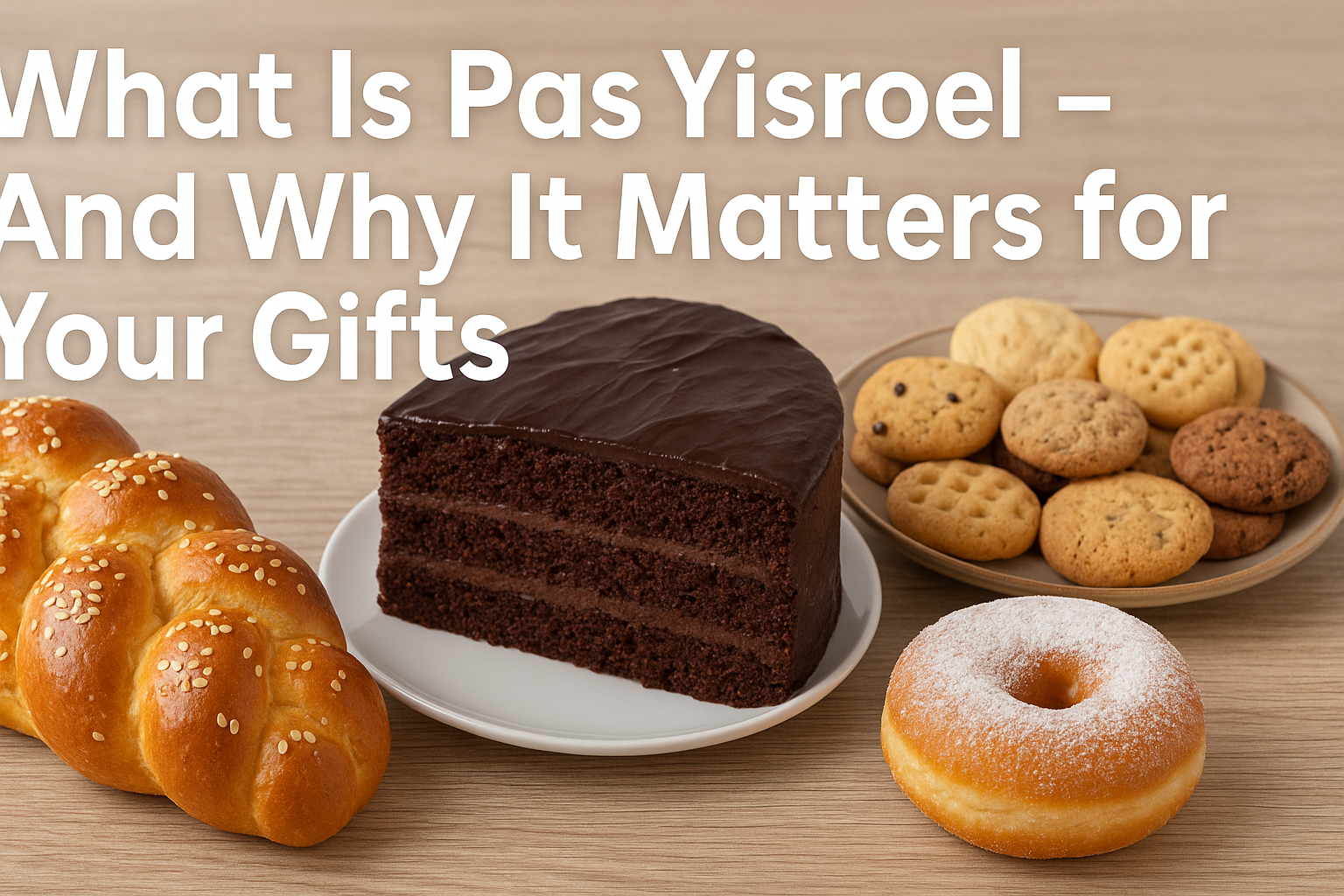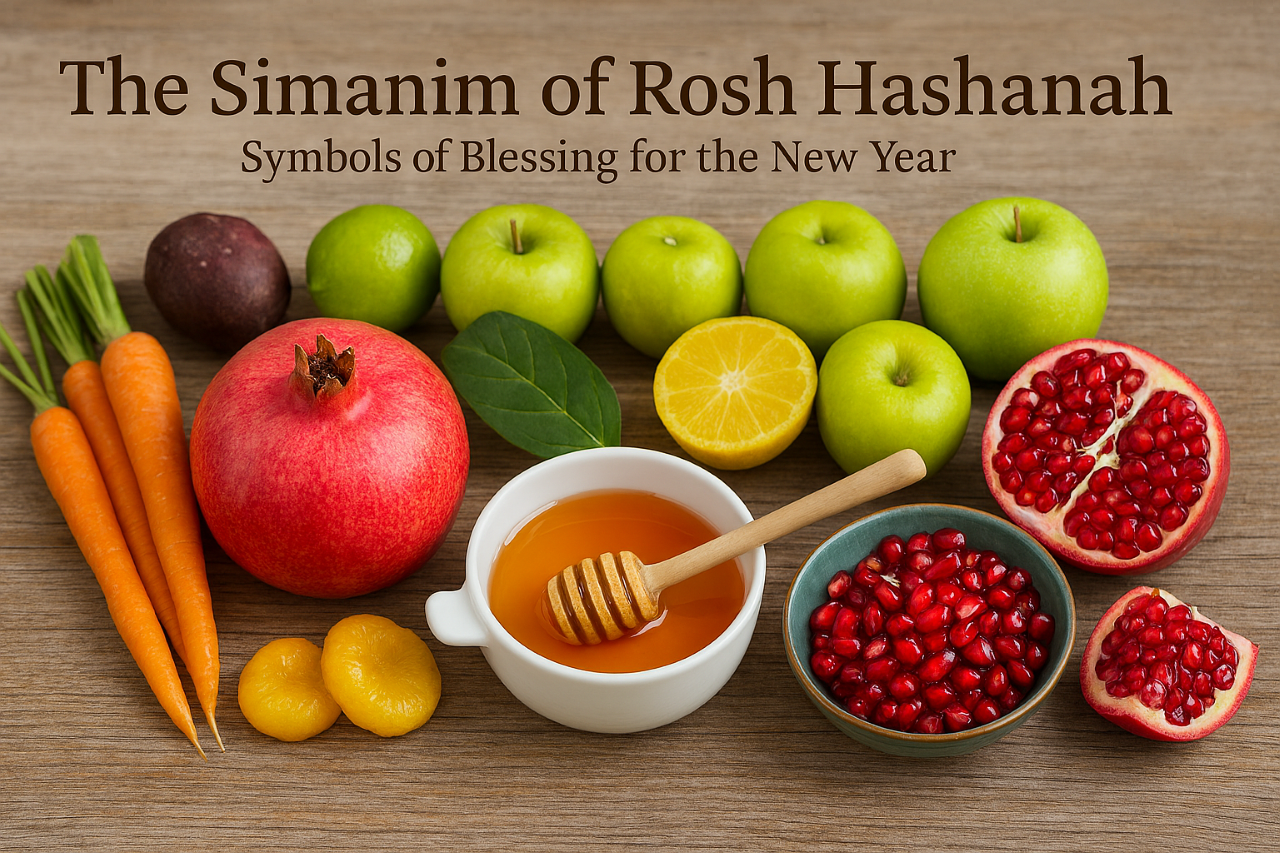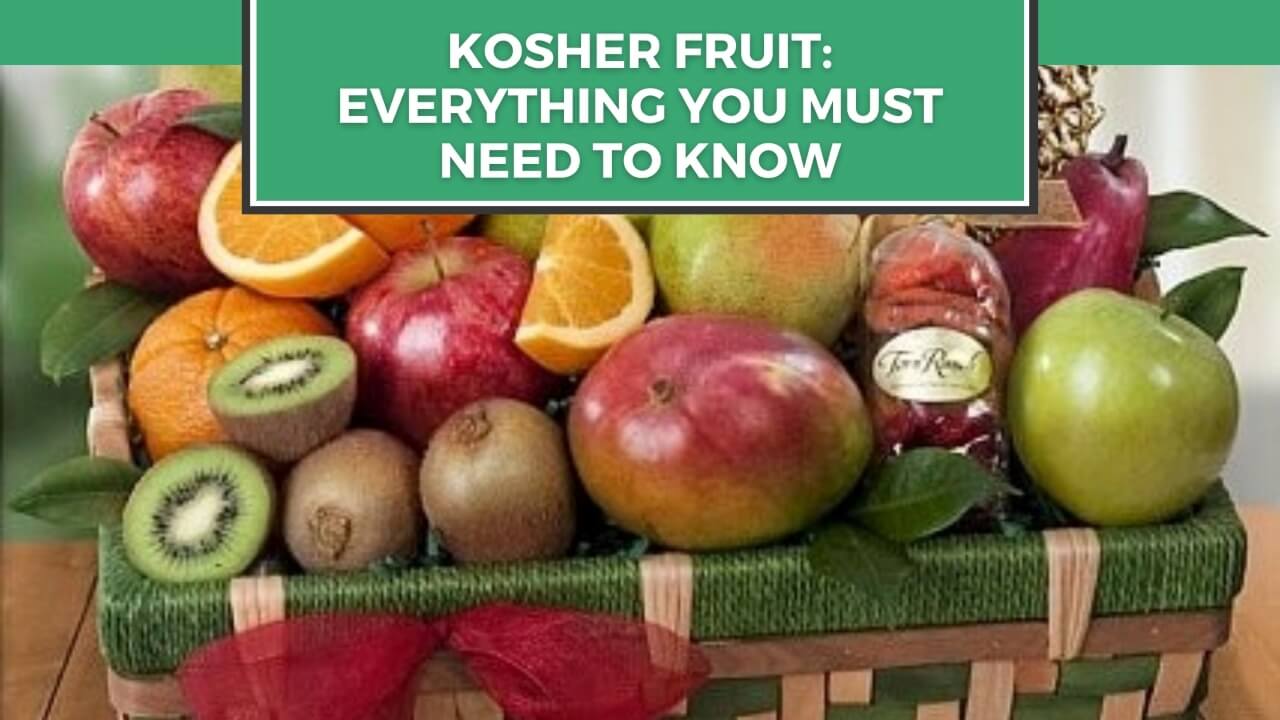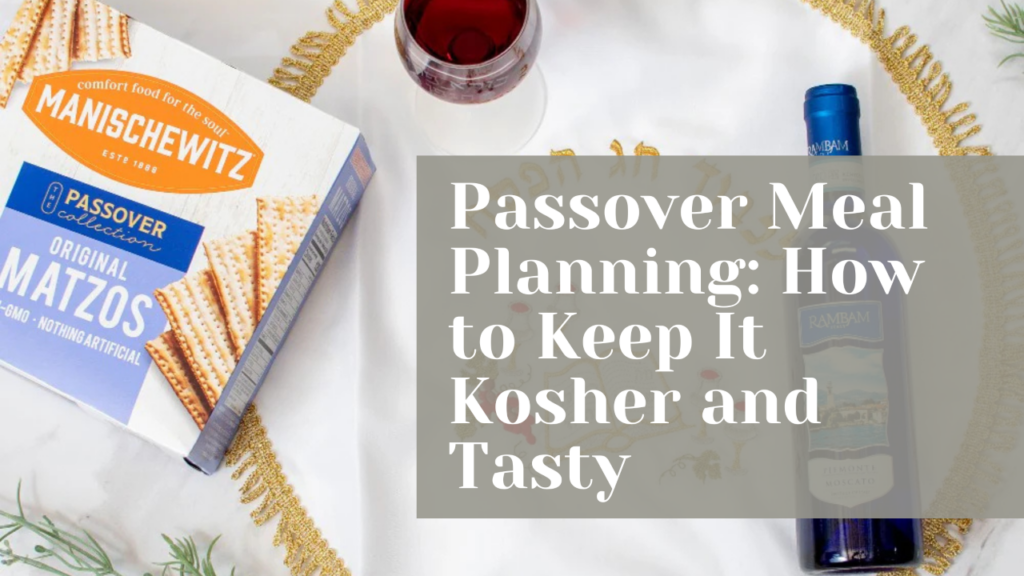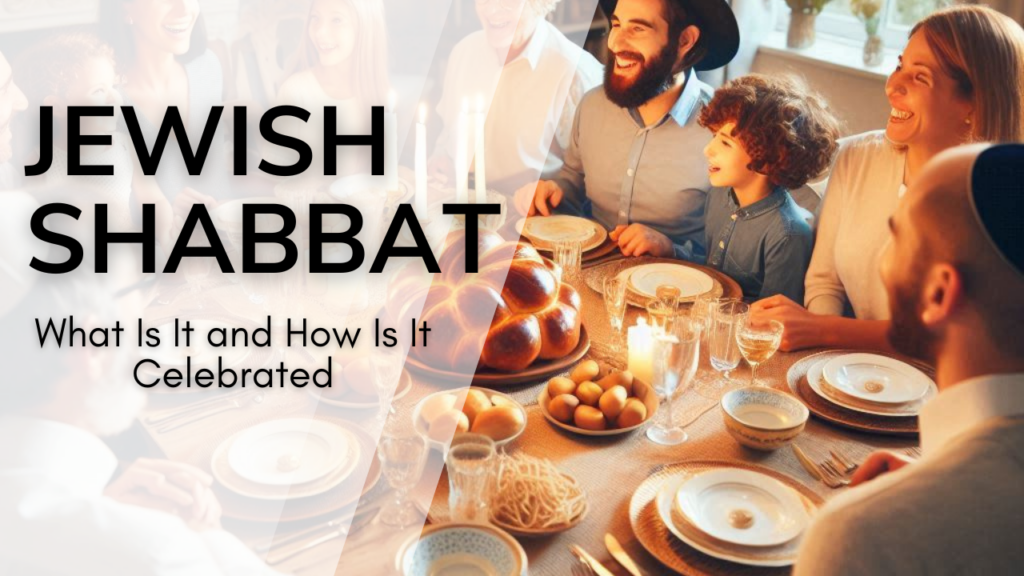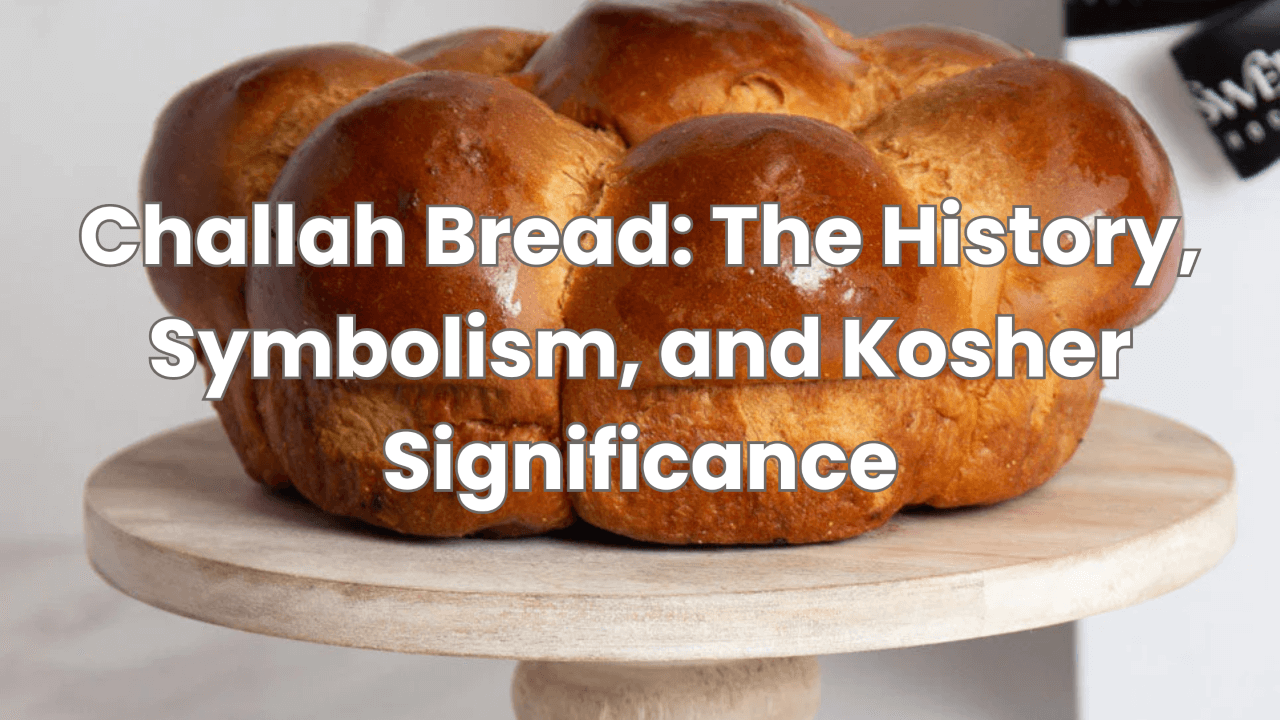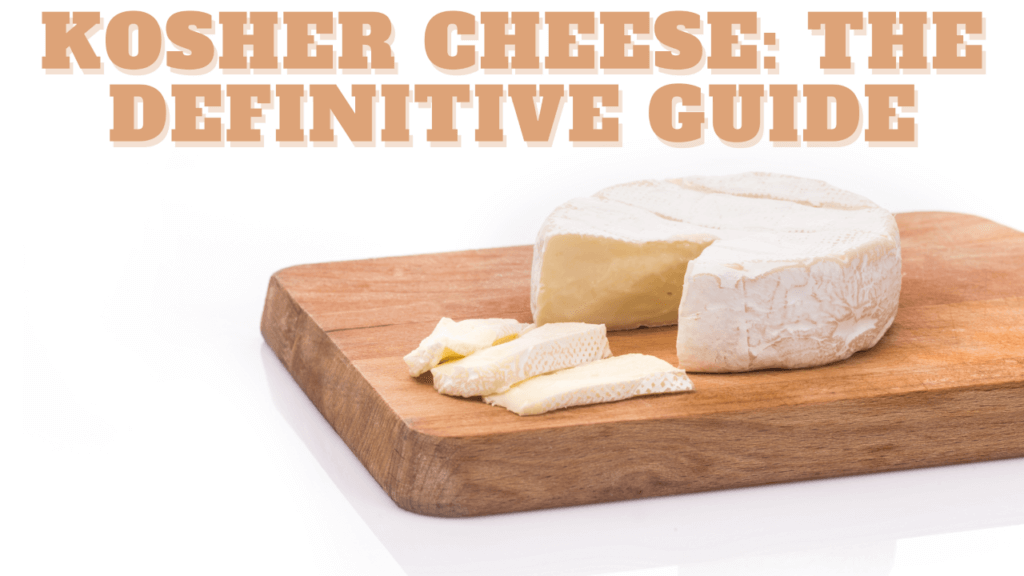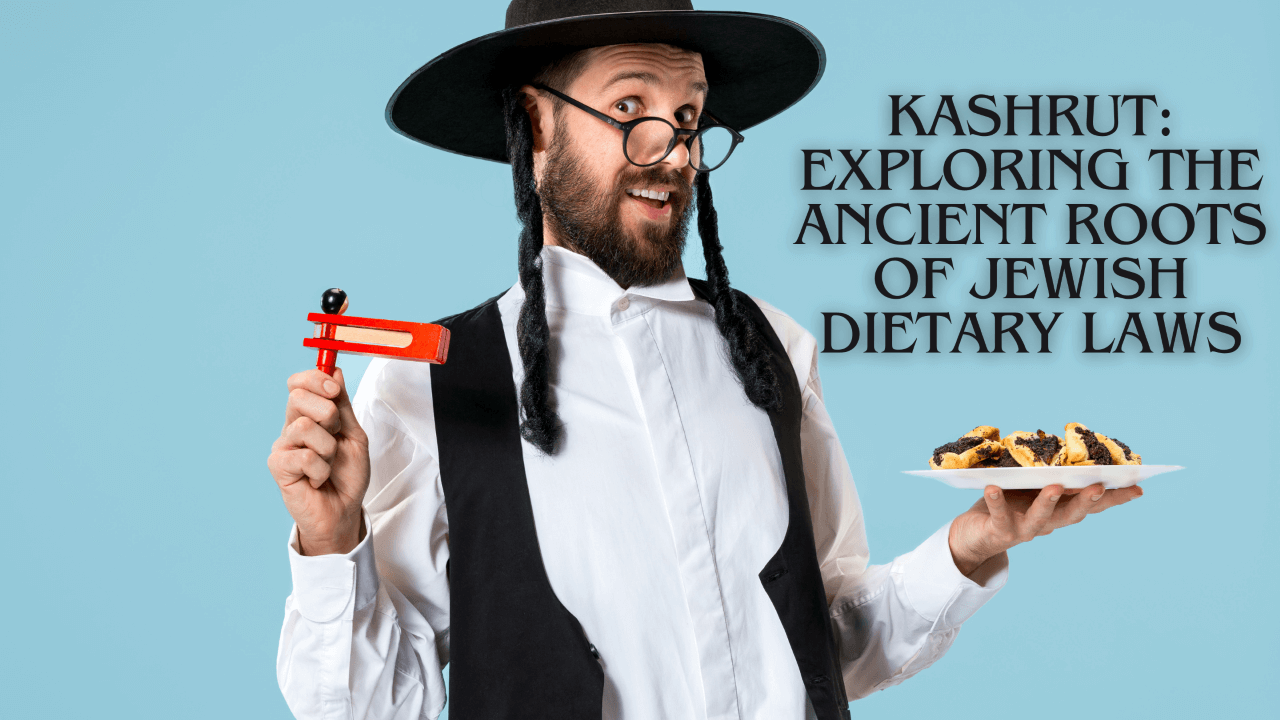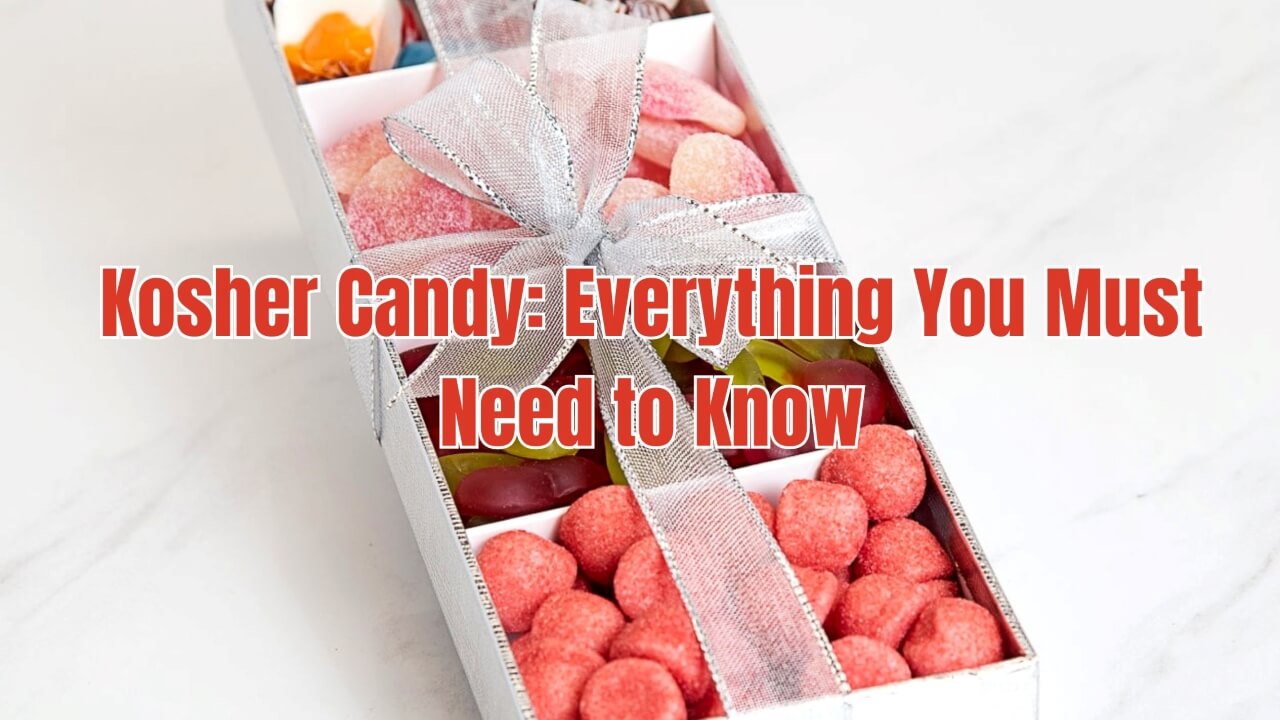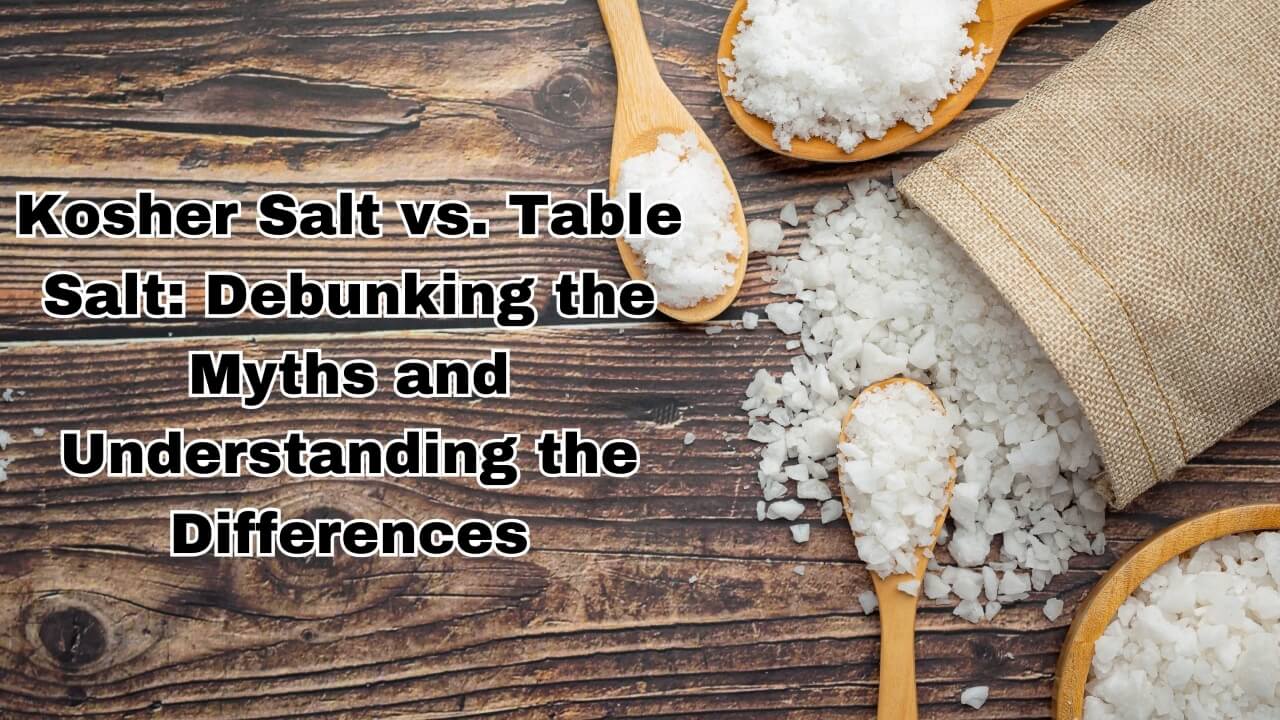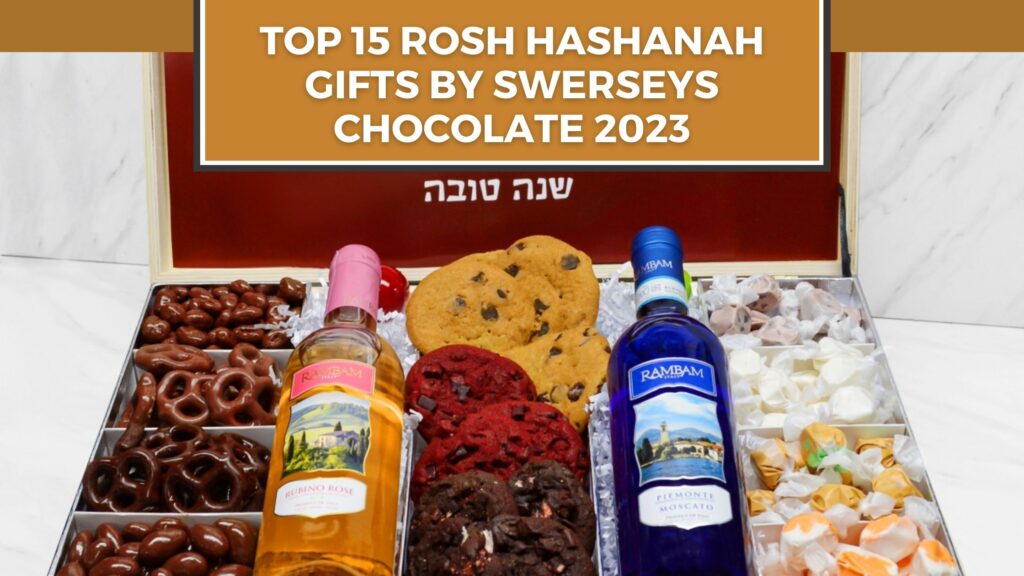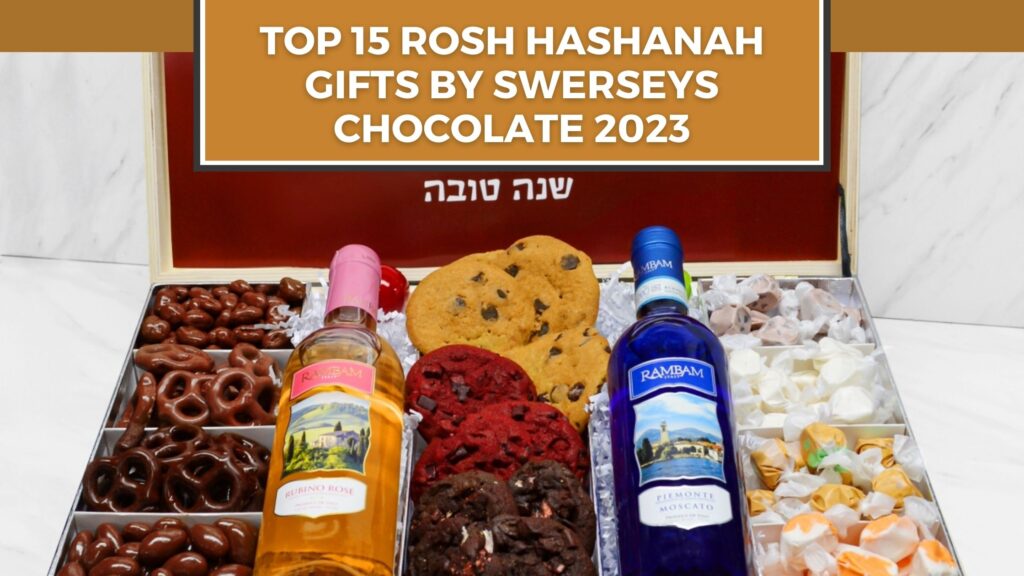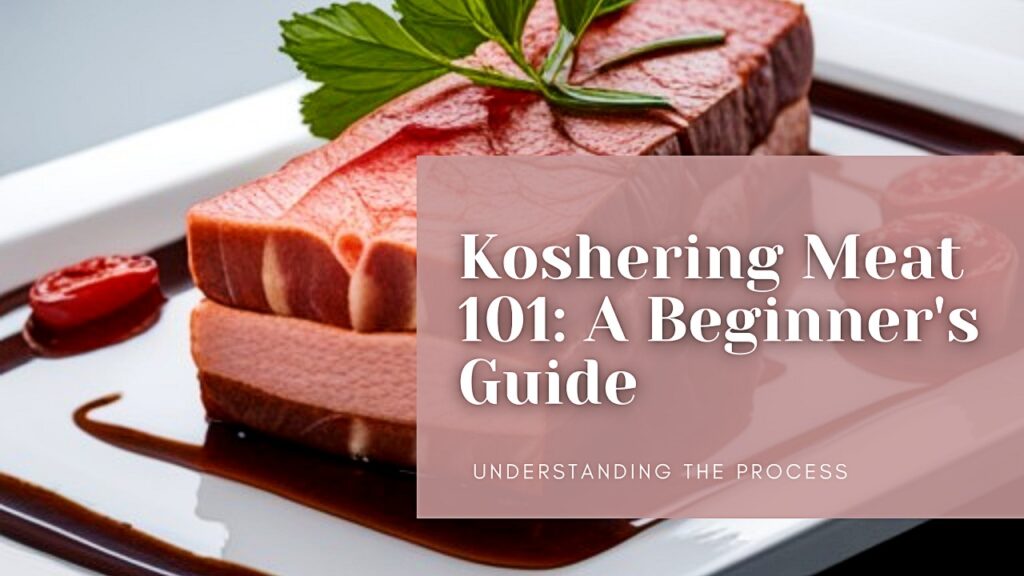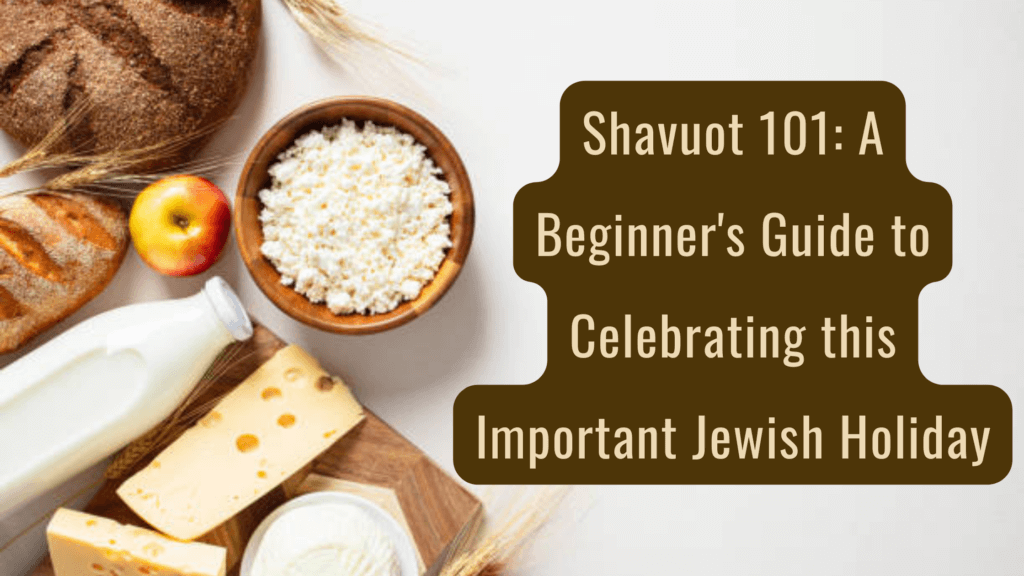Yom Kippur, also known as the Day of Atonement, is considered the holiest and most solemn day in the Jewish calendar. It is a day dedicated to repentance, reflection, and seeking forgiveness from both God and fellow human beings. For Jews around the world, Yom Kippur is not just another holiday—it is a spiritual reset, offering the opportunity to start the year with a clean slate.
In this guide, we’ll explore the meaning of Yom Kippur, its history, customs, fasting traditions, and the foods commonly eaten before and after the fast.
The Meaning of Yom Kippur
The term Yom Kippur comes from Hebrew:
-
Yom means “day.”
-
Kippur comes from the root k-p-r, meaning “to atone” or “to cleanse.”
Thus, Yom Kippur literally means the Day of Atonement. It is the culmination of the Ten Days of Repentance, which begin with Rosh Hashanah, the Jewish New Year. While Rosh Hashanah focuses on judgment and reflection, Yom Kippur is about atonement and forgiveness.
Biblical Origins of Yom Kippur
The origins of Yom Kippur are found in the Torah. In Leviticus 16 and Leviticus 23:26–32, God commands the Israelites to set aside the tenth day of the seventh month (Tishrei) as a day of atonement:
“For on this day shall atonement be made for you, to cleanse you; you shall be clean before the Lord from all your sins.” (Leviticus 16:30)
In ancient times, the High Priest (Kohen Gadol) would enter the Holy of Holies in the Temple only once a year—on Yom Kippur. He performed rituals, including the sacrifice of animals and the symbolic scapegoat ritual, to seek forgiveness for the people of Israel.
Why Yom Kippur Is the Holiest Day in Judaism
Yom Kippur is often referred to as “Shabbat Shabbaton” (the Sabbath of Sabbaths). Here’s why it is considered the most sacred day:
-
Focus on Atonement – It is the one day specifically dedicated to asking forgiveness for sins against God.
-
Communal Unity – Jews worldwide, regardless of background or level of observance, come together in prayer and fasting.
-
Spiritual Cleansing – The day emphasizes inner reflection, repentance (teshuvah), and renewal.
-
Direct Connection to God – Tradition teaches that on Yom Kippur, the “gates of heaven” are open, making it a unique opportunity for forgiveness.
Customs and Traditions of Yom Kippur
1. Fasting
Yom Kippur is marked by a 25-hour fast—from sundown on the eve of Yom Kippur until nightfall the next day. This means no food or drink, reminding us to focus on spiritual needs over physical desires.
2. Five Prohibitions
In addition to fasting, Yom Kippur is observed with five specific prohibitions that help elevate the day’s spiritual focus and remove attention from physical comforts:
-
No eating or drinking – A complete fast from food and water, emphasizing repentance and reliance on God.
-
No bathing or washing – Avoiding personal luxury and comfort to highlight humility.
-
No use of lotions or perfumes – Refraining from enhancing physical appearance to focus on inner reflection.
-
No wearing of leather shoes – Traditionally seen as a sign of wealth and comfort; wearing simple footwear symbolizes humility.
-
No marital relations – Abstaining from intimacy, dedicating the day solely to prayer and spiritual connection.
These restrictions align with the theme of self-denial, allowing individuals to concentrate fully on prayer, repentance, and seeking atonement.
3. Prayer Services
Special synagogue services include:
-
Kol Nidre – A moving evening prayer that annuls vows and sets the tone of the day.
-
Vidui (Confession) – Repeated throughout the day, asking forgiveness for communal sins.
-
Ne’ilah – The closing prayer at sunset, symbolizing the “closing of the gates.”
4. Wearing White
Many wear white clothing as a symbol of purity and renewal. It reflects the desire to be spiritually cleansed.
5. The Shofar Blast
Yom Kippur ends with the dramatic sounding of the shofar (ram’s horn), symbolizing both closure and a hopeful new beginning.
Preparing for the Fast: Pre-Yom Kippur Meal (Seudah Mafseket)
The meal before the fast, known as the Seudah Mafseket, is carefully planned to give strength and prevent dehydration.
Recommended Pre-Fast Foods:
-
Complex Carbohydrates – Rice, pasta, or whole grains provide slow-release energy.
-
Lean Proteins – Chicken, fish, or eggs help sustain fullness.
-
Fruits and Vegetables – Especially those rich in water, like cucumbers, melons, and oranges.
-
Plenty of Fluids – Water and caffeine-free drinks to ensure hydration.
Foods to Avoid Before the Fast:
-
Salty or spicy foods (they cause thirst).
-
Sugary foods (they cause energy crashes).
-
Caffeinated drinks (they can lead to withdrawal headaches).
This meal is usually eaten with family, filled with both nourishment and meaning, as Jews prepare mentally and physically for the day ahead.
Breaking the Fast: Traditional Post-Fast Foods
When the fast ends after 25 hours, families and communities gather for a celebratory break-fast meal. The foods are light, comforting, and often reflect cultural traditions.
Popular Ashkenazi Break-Fast Foods:
-
Bagels with cream cheese and lox
-
Blintzes (thin pancakes filled with cheese)
-
Kugel (sweet or savory noodle pudding)
-
Coffee, tea, and fresh fruit
Popular Sephardic Break-Fast Foods:
-
Bourekas (pastries filled with cheese, potato, or spinach)
-
Lentil soup or vegetable stews
-
Sweet cakes flavored with cinnamon or honey
-
Fresh dates and figs
While traditions vary, the break-fast meal is about more than food—it’s about community, gratitude, and renewal after a day of deep prayer and reflection.
Yom Kippur and Forgiveness
One of the central lessons of Yom Kippur is the importance of seeking forgiveness not only from God but also from one another. Jewish tradition teaches that sins against another person cannot be forgiven by God until we first make peace with that person.
This is why many Jews spend the days leading up to Yom Kippur reaching out to family, friends, and colleagues to apologize and mend relationships.
How Yom Kippur Is Observed Around the World
-
In Israel – Yom Kippur is a truly unique experience. The entire country comes to a halt: roads are empty, businesses are closed, and even secular Jews often fast.
-
In the Diaspora – Synagogues around the world are filled to capacity, with many Jews attending services even if they are not observant year-round.
-
Sephardic vs. Ashkenazi Traditions – Different communities have unique melodies, customs, and foods to break the fast, such as bourekas (Sephardic) or bagels and lox (Ashkenazi).
The Spiritual Message of Yom Kippur
At its core, Yom Kippur teaches that we are never beyond forgiveness. No matter how many mistakes we have made, God gives us the chance to return, renew, and rebuild ourselves.
It is a day that emphasizes:
-
Forgiveness over resentment
-
Hope over despair
-
Renewal over stagnation
Final Thoughts: The Power of Yom Kippur
Yom Kippur is more than a day of fasting—it is a day of healing, forgiveness, and transformation. By pausing life’s distractions, we reflect on the past year, acknowledge our shortcomings, and commit to becoming better in the year ahead.
For Jews worldwide, Yom Kippur is not only the holiest day of the year but also the most hopeful—a reminder that each year brings the chance for a fresh start.



















